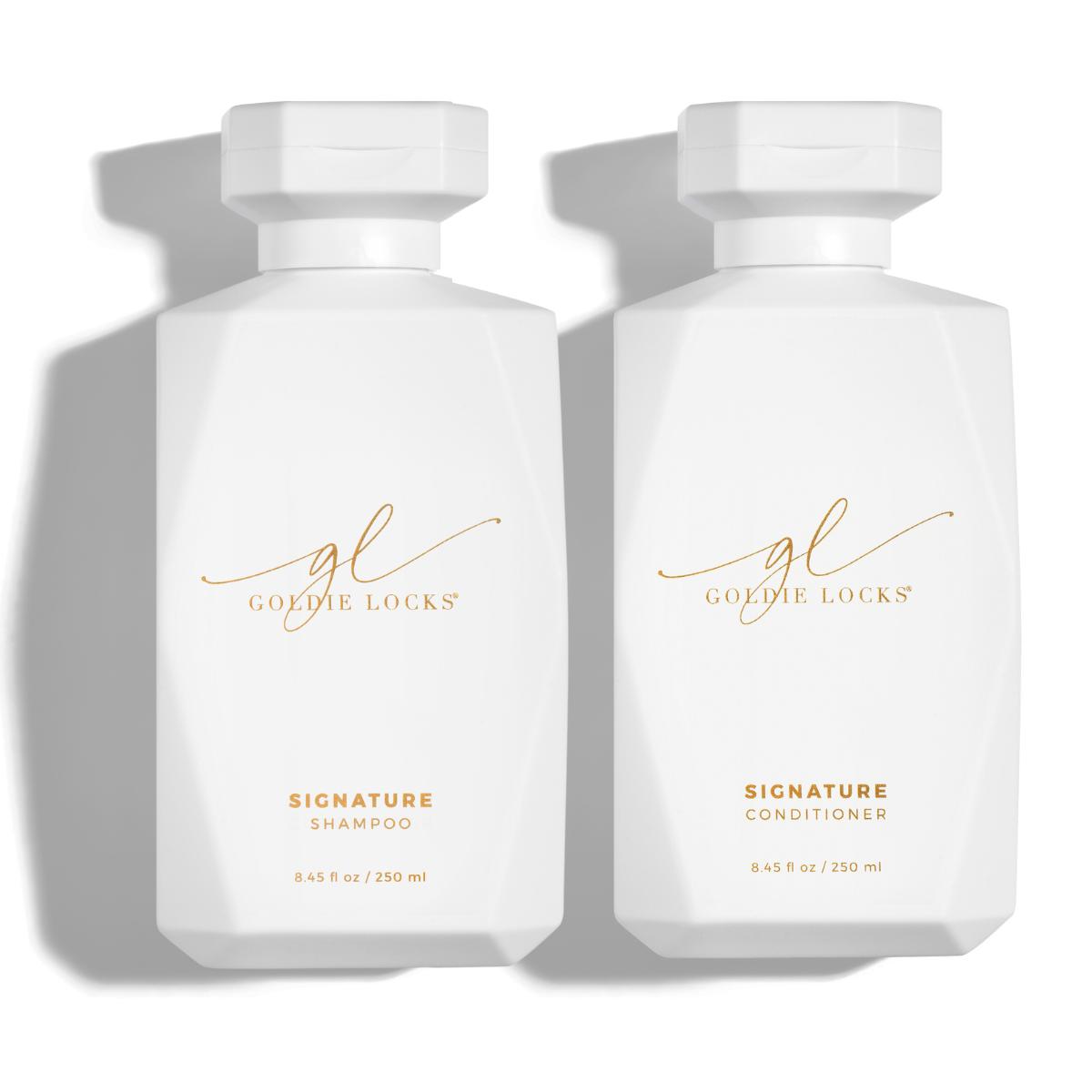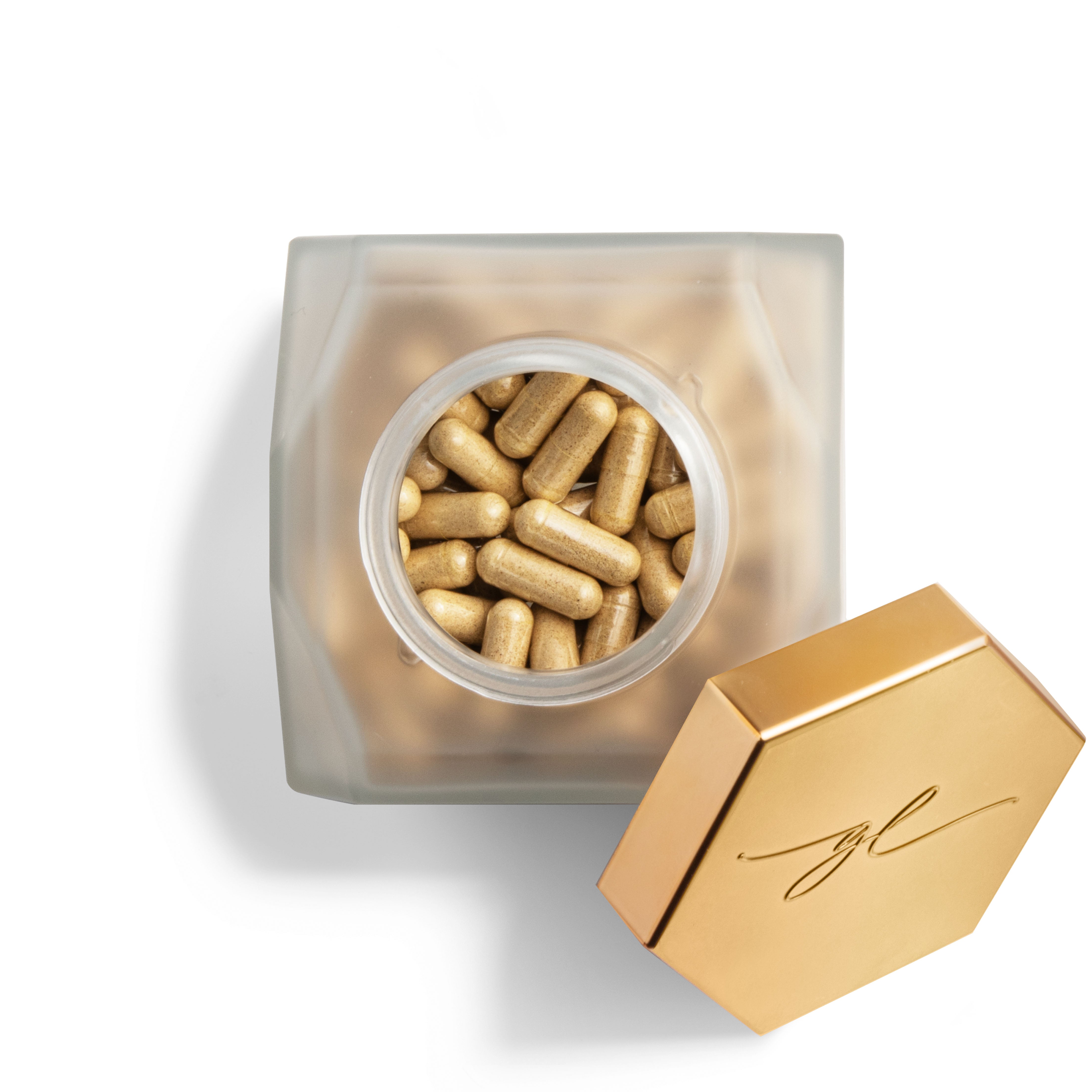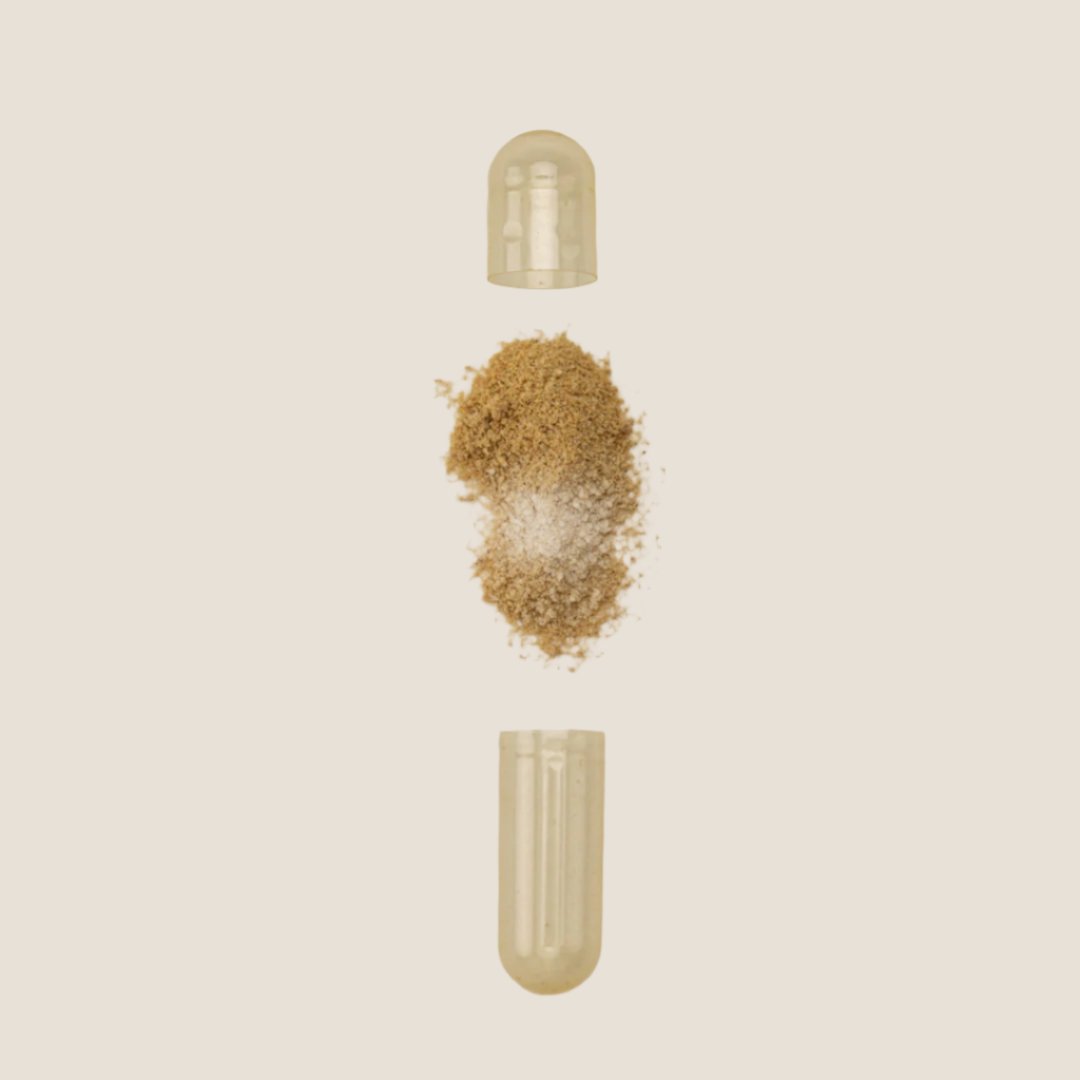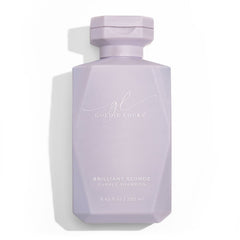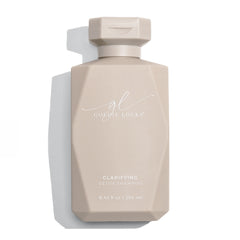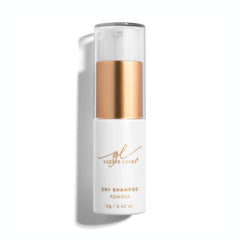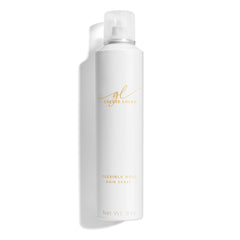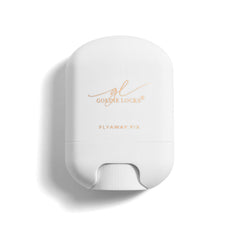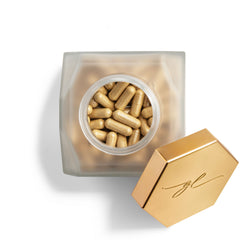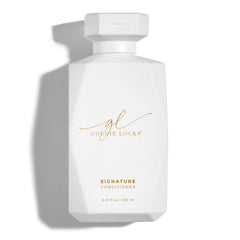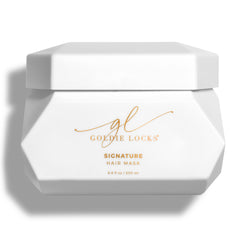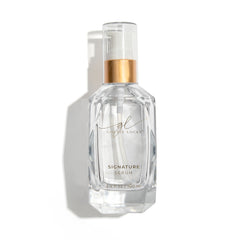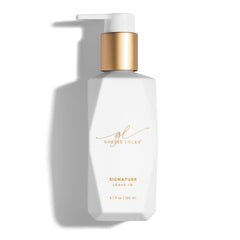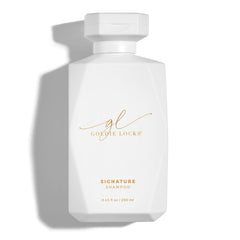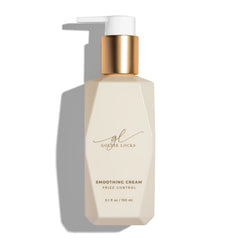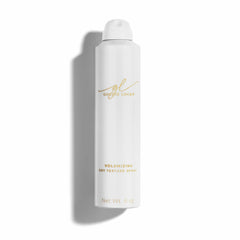Hair products, natural oils, sweat, and dead skin cells can collect on the scalp over time, forming what’s known as Scalp Buildup, often mistaken for Dandruff.
When left unaddressed, Scalp Buildup can lead to itchiness, unpleasant odor, flat roots, and even inflammation. That’s why it’s important to recognize the signs early and take thoughtful steps to care for your scalp.
Index
What Is Scalp Buildup?

Simply put, scalp buildup is the residue that gradually accumulates on your scalp over time. It’s a mix of excess oil (sebum), sweat, dead skin cells, leftover styling products, and even minerals from hard water.
It often feels like a waxy film at the roots, leaving hair greasy, dull, or flat. You may notice flakes that seem stuck in place rather than falling freely. If scratching only makes it worse, chances are it’s buildup, not dandruff.
Though occasional buildup is common, when it becomes persistent, it can lead to discomfort and more serious scalp and hair concerns.
What Causes Scalp Buildup?

Scalp buildup doesn’t happen overnight. It develops gradually, caused by a mix of natural factors, like oil and dead skin, as well as environmental influences such as hair products, pollution, and even pollen.
Common causes of Scalp Buildup include:

Product residue: Heavy stylers such as waxes, gels, and oils often contain ingredients that don’t rinse away easily, layering over time.

Natural oils (sebum): While sebum helps protect the scalp, an excess can trap dirt and debris, leading to buildup.

Dead skin cells: Without regular exfoliation, shed skin can accumulate, contributing to flakiness and congestion.

Hard water minerals: Minerals like calcium and magnesium in hard water can cling to the scalp and hair, leaving behind a stubborn residue.

Environmental pollutants: Dust, sweat, smoke, and airborne pollution can settle on the scalp and build up over time.

Pre-existing scalp conditions: Skin concerns such as seborrheic dermatitis can increase flaking and worsen buildup.
What Does Scalp Build Up Look Like?
Scalp buildup often reveals itself as a waxy layer on the scalp, greasy roots, and flakes that seem to stick rather than fall away. It may also bring a sense of itchiness or an unpleasant odor, both of which can make the scalp feel less than fresh.
You may notice that your roots feel oily and your hair falls flat, lacking its usual lift. Scratching the scalp might leave a visible residue under your nails, a subtle but telling sign of buildup.
In some cases, small bumps or scalp pimples may appear, pointing to clogged follicles or irritation. Flakes may clump together instead of shedding naturally, and hair can start to feel dirty again soon after cleansing, as if something is still lingering beneath the surface.
Scalp Buildup vs Dandruff

Scalp Buildup is a residue that accumulates from product use and natural oils, while dandruff is a chronic inflammatory condition causing persistent flaking. Although they can look similar, their causes and treatments differ:
Scalp Buildup:
- Caused by product residue, excess oils, sweat, and hard water minerals
- Flakes often feel waxy or coated and vary with your routine
- Typically improves with clarifying shampoos and gentle scalp exfoliation
Dandruff:
- A chronic condition linked to inflammation and excess oil
- Produces fine, white or yellowish flakes, often oily and persistent
- Usually requires targeted anti-dandruff treatments with active ingredients
- May involve itching, redness, or scalp irritation
If symptoms persist, worsen, or if you experience pain, crusting, or hair shedding, it might be time to consult a dermatologist.
How to Get Rid of Scalp Buildup
If you’re dealing with scalp buildup, a few thoughtful adjustments to your routine can help reduce flakiness, ease discomfort, and eliminate odor:
-
Adjust Wash Frequency
Over-washing can prompt your scalp to produce more oil, which may actually worsen buildup. Pay attention to how your scalp feels, and adjust your wash schedule to meet its needs. -
Choose the Right Products
Opt for shampoos and conditioners that are free from harsh sulfates and parabens. These ingredients can clog pores, weigh hair down, and contribute to buildup over time. -
Wash Hair Properly
Start by fully rinsing your hair with lukewarm water. Dilute shampoo slightly with water for even application, then gently massage the scalp with your fingertips to help lift residue. Keep conditioner focused on the mid-lengths and ends and avoid the roots. -
Clarify Weekly
Use Goldie Locks® Clarifying Shampoo, once a week to deeply cleanse and refresh your scalp. This helps break down product and oil buildup without stripping your hair. -
Exfoliate the Scalp
Scalp exfoliation, done once or twice a week, helps remove dead skin cells and lingering residue. It supports a balanced, refreshed scalp environment and promotes healthier hair growth. -
Follow Up with Lightweight Care
After cleansing, focus hydration on the hair lengths. Avoid heavy products at the roots, and stay mindful of how your scalp feels over time, adjusting your routine as needed to maintain comfort and clarity. -
Brush Regularly
Gentle brushing not only prevents tangles but can also help loosen surface buildup, making it easier to wash away during your next cleanse.
When to Seek Medical Advice
If buildup persists or is related to conditions like seborrheic dermatitis, psoriasis, or eczema, it’s best to consult a dermatologist for professional guidance and care.
How to Prevent Scalp Build Up

The best way to manage scalp buildup is to prevent it before it starts. Here are some practical tips to help keep your scalp clear and comfortable:
- Use styling products sparingly, and avoid applying them directly to your scalp to minimize residue buildup.
- Protect your hair and scalp by steering clear of harsh chemicals like relaxers or straighteners, which can dry out and irritate the skin.
- Maintain a consistent hair care routine: regular brushing and washing with products suited to your hair type, gentle scalp exfoliation, and occasional use of a clarifying shampoo, especially if you have hard water, can all help prevent buildup.
- After workouts, make sure to cleanse your scalp thoroughly, as sweat can contribute to residue and discomfort.
FAQs
Should I scratch off Scalp Buildup?
No, scratching isn’t the answer. It can irritate your scalp, cause inflammation, and even lead to small cuts or infections. Instead, use gentle exfoliation to safely remove buildup and soothe your skin.
When I scratch my scalp, I get white stuff in my nails
That white residue is usually a combination of excess oils, dead skin cells, and leftover product buildup. It’s a sign your scalp needs a proper cleanse rather than scratching.
Can Buildup cause hair loss?
Yes, if left untreated, Scalp Buildup can clog hair follicles with oil, sweat, and dead skin. This may lead to folliculitis, an inflammation or infection of the follicles which can contribute to hair thinning or loss over time.
How often to clarify?
Once a week is a good starting point, but listen to your scalp and hair. If your hair is dry or color-treated, or if your water is soft, you might need to clarify less often. Adjust based on what feels right for you.
Final Thoughts
Scalp buildup occurs when oils, dead skin, product residue, and environmental particles accumulate on the scalp over time.
The good news is that with proper care, like consistent cleansing and regular clarifying, most buildup clears up, restoring scalp comfort.
That said, if you experience persistent itching, redness, pain, or hair loss, it’s important to seek professional advice without delay.

